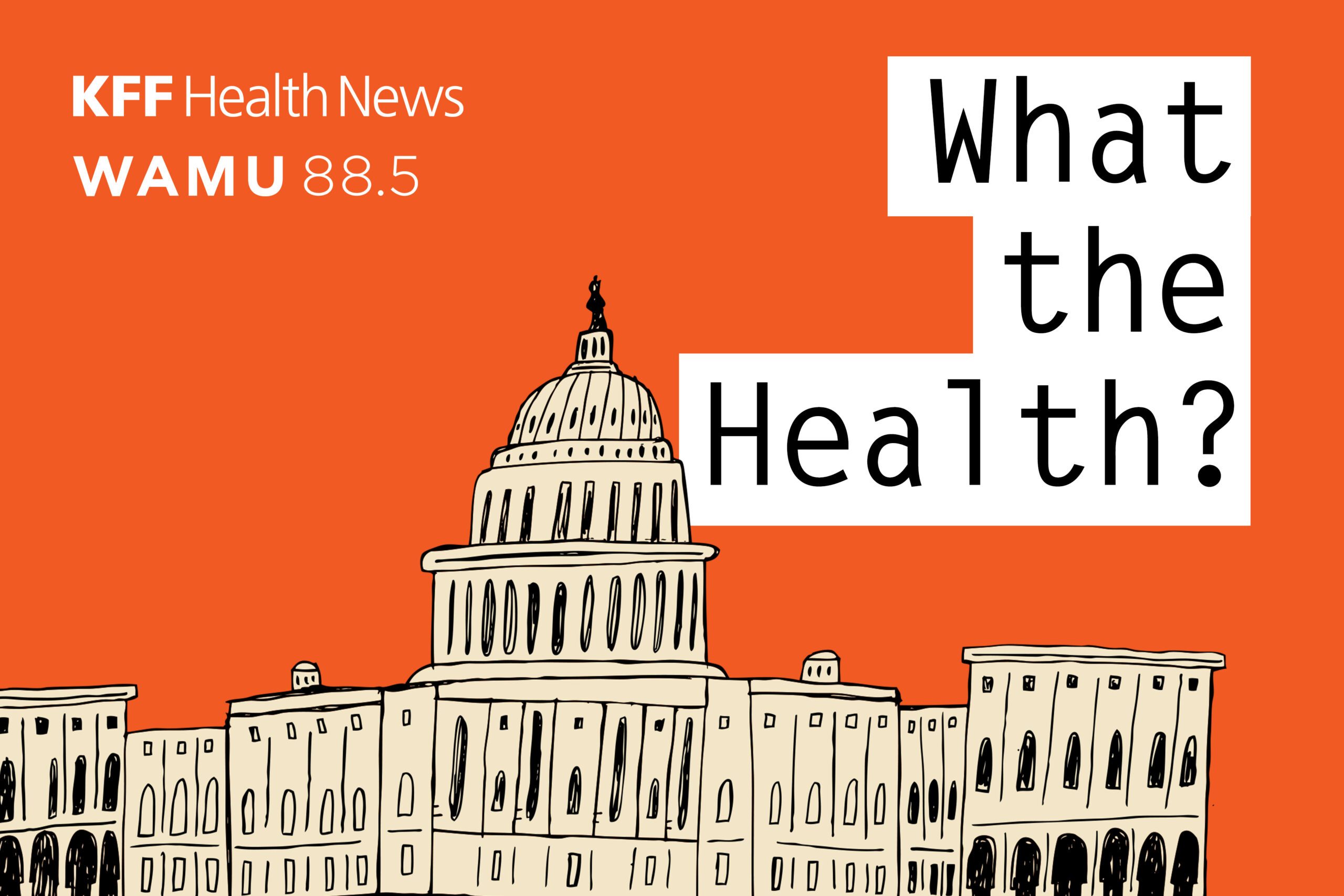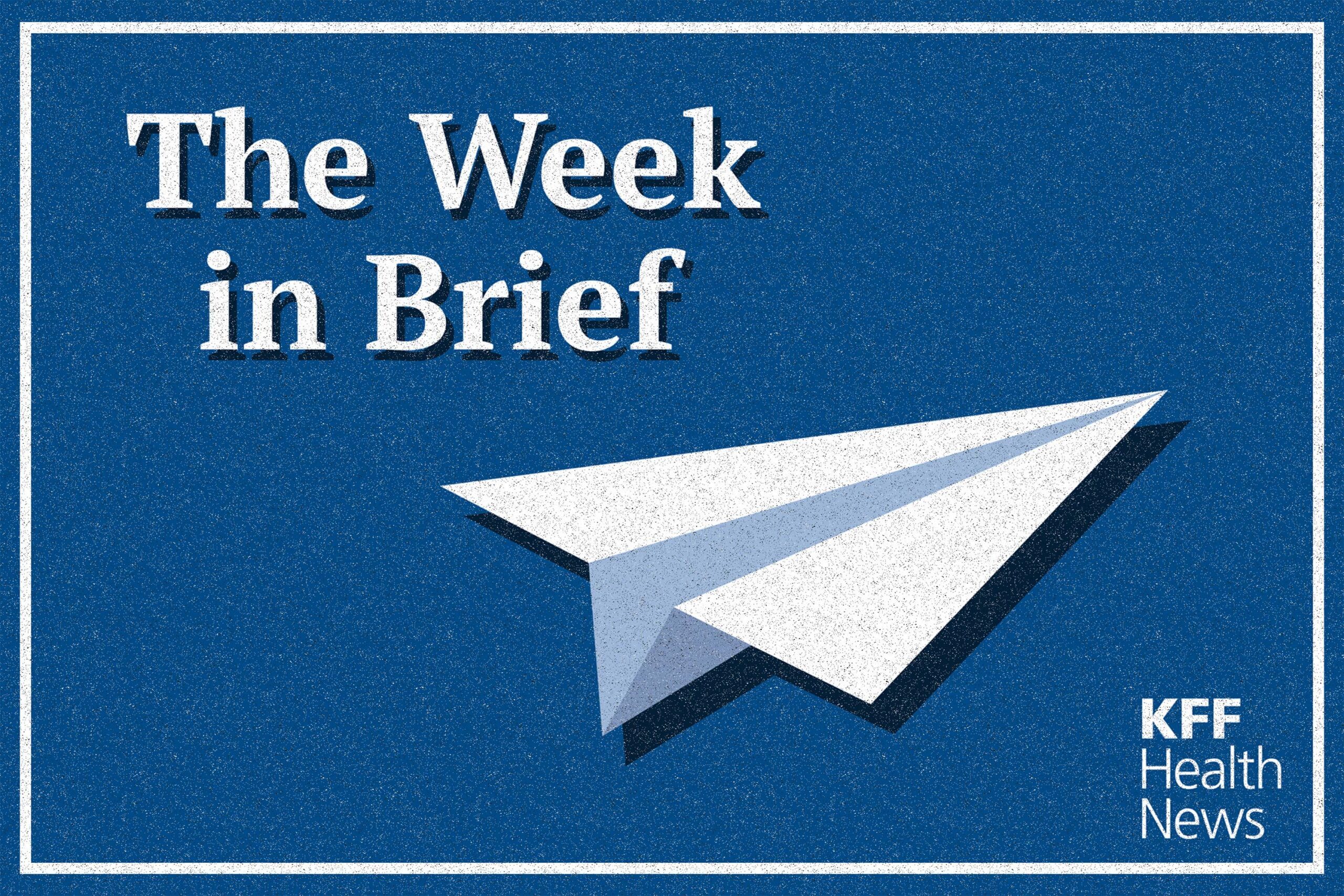
—
In a world marked by extraordinary progress in medical science and technology, the art of valuing future medical expenses has become a critical facet of financial planning. As we traverse the intricate landscape of healthcare, comprehending the contributing factors to future medical costs is essential for individuals, families, and policymakers alike. This article will delve into the intricacies of anticipating tomorrow’s medical expenses, exploring key considerations and the evolving healthcare landscape.
The Aging Population: A Pivotal Factor
Among the primary drivers of future medical expenses is the aging population. With an increase in life expectancy comes a higher prevalence of chronic conditions and age-related health issues. The elderly often necessitate more extensive and ongoing medical care, including treatments, medications, and specialized services. Accurately valuing future medical expenses in this context requires a nuanced understanding of the healthcare needs of an aging population.
Advancements in Medical Technology
The rapid pace of medical advancements introduces dynamism to the valuation of future medical expenses. Breakthroughs in treatments, diagnostic tools, and personalized medicine can alter the cost landscape. While these innovations often lead to improved patient outcomes, they may also come with a substantial price tag. Balancing the benefits of cutting-edge technology with its associated costs becomes a delicate exercise in anticipating the financial implications of healthcare evolution.
Public Health and Environmental Factors
Public health crises and environmental factors play a significant role in shaping the future of medical expenses. Global efforts to combat pandemics highlight the importance of preparedness and investment in public health infrastructure. Additionally, environmental changes can lead to an increase in certain health conditions, necessitating a proactive approach to valuing future medical expenses. Understanding the interconnectedness of health, environment, and public policy is vital for accurate forecasting.
Tools for Anticipating Future Medical Expenses
Data Analytics and Predictive Modeling
In the age of big data, leveraging analytics and predictive modeling has emerged as a powerful tool for anticipating future medical expenses. By analyzing large datasets encompassing demographics, health histories, and treatment outcomes, researchers can develop models that forecast potential healthcare costs. These models enable individuals and healthcare organizations to make informed decisions and allocate resources effectively.
Health Insurance and Actuarial Science
Health insurance companies rely on actuarial science to assess risk and determine premium rates. Actuaries use statistical models to estimate the future financial impact of medical claims. Understanding the principles of actuarial science can empower individuals to make informed choices when selecting health insurance plans. It also provides insurers with the insights needed to develop sustainable coverage options in the face of evolving healthcare landscapes.
Government Policies and Healthcare Regulations
Government policies and healthcare regulations play a pivotal role in shaping the healthcare landscape and, consequently, the valuation of future medical expenses. Changes in reimbursement models, healthcare funding, and regulations impact the accessibility and affordability of medical services. Staying informed about these policy developments is essential for individuals and organizations seeking to anticipate and plan for future medical costs.
Challenges in Valuing Future Medical Expenses
Uncertainties in Medical Research and Development
While medical advancements hold promise for improved health outcomes, the inherent uncertainties in research and development pose challenges in valuing future medical expenses. A breakthrough treatment may drastically alter the cost projections for a particular condition, making accurate forecasting a complex task. Striking a balance between optimism for medical progress and the practicalities of financial planning is crucial.
Economic Factors and Healthcare Affordability
The intersection of economic factors and healthcare affordability adds another layer of complexity to valuing future medical expenses. Economic downturns and fluctuations can impact individuals’ ability to access and afford healthcare services. Addressing disparities in healthcare access and considering economic variables are essential aspects of anticipating future medical expenses on both individual and societal levels.
Ethical Considerations in Healthcare Spending
As medical expenses continue to rise, ethical considerations surrounding resource allocation and healthcare spending become increasingly relevant. Balancing the need for quality healthcare with the constraints of finite resources requires thoughtful consideration. Ethical decision-making in healthcare policy and practice is crucial for ensuring that valuing future medical expenses aligns with principles of equity and social responsibility.
Strategies for Proactive Planning
Embracing Preventive Healthcare
A proactive approach to healthcare involves emphasizing preventive measures to reduce the burden of future medical expenses. Investing in wellness programs, routine screenings, and lifestyle interventions can mitigate the development of chronic conditions and ultimately lower long-term healthcare costs. Individuals and healthcare systems alike can benefit from a shift towards preventive healthcare strategies.
Financial Planning and Health Savings Accounts
Incorporating health savings accounts (HSAs) into financial planning can provide a practical solution for managing future medical expenses. HSAs offer tax advantages and allow individuals to set aside funds specifically for healthcare costs. Educating individuals about the benefits of HSAs and encouraging their utilization can contribute to more robust financial preparedness for future medical needs.
Community and Public-Private Partnerships
Building strong community and public-private partnerships is integral to addressing the complexities of healthcare and valuing future medical expenses collaboratively. By fostering collaboration among healthcare providers, insurers, government agencies, and community organizations, it is possible to create a more resilient and adaptable healthcare ecosystem. Such partnerships can facilitate the sharing of resources, expertise, and innovative solutions to navigate the uncertainties of future medical expenses.
Conclusion: Navigating the Future of Healthcare Costs
Anticipating tomorrow’s medical expenses requires a multifaceted approach that considers demographic shifts, technological advancements, public health dynamics, and economic factors. As individuals and societies grapple with the challenges of an evolving healthcare landscape, proactive planning, informed decision-making, and a commitment to ethical healthcare practices are essential. By embracing innovative tools, understanding the intricate factors at play, and fostering collaborative efforts, we can navigate the uncertainties of the future and ensure a sustainable and equitable healthcare future for all.
Effective future medical expenses valuation demands a holistic understanding of the factors influencing healthcare costs. By staying informed, embracing proactive strategies, and fostering collaborative efforts, we can navigate the complex terrain of future medical expenses and ensure a robust and equitable healthcare system for generations to come.
—
This content is brought to you by Mary Aderholt
iStockPhoto
The post Anticipating Tomorrow: The Art of Valuing Future Medical Expenses appeared first on The Good Men Project.
Original Article










